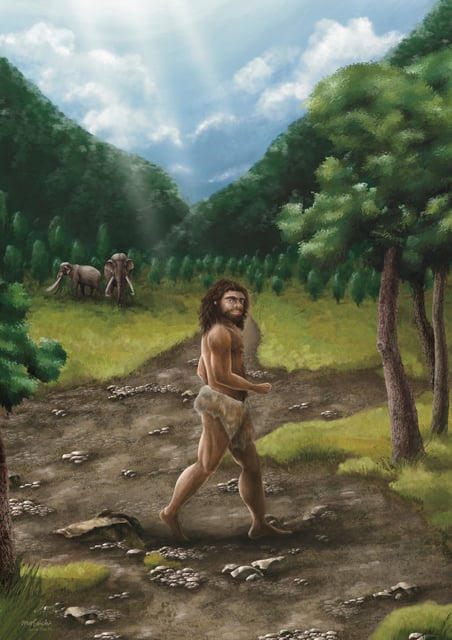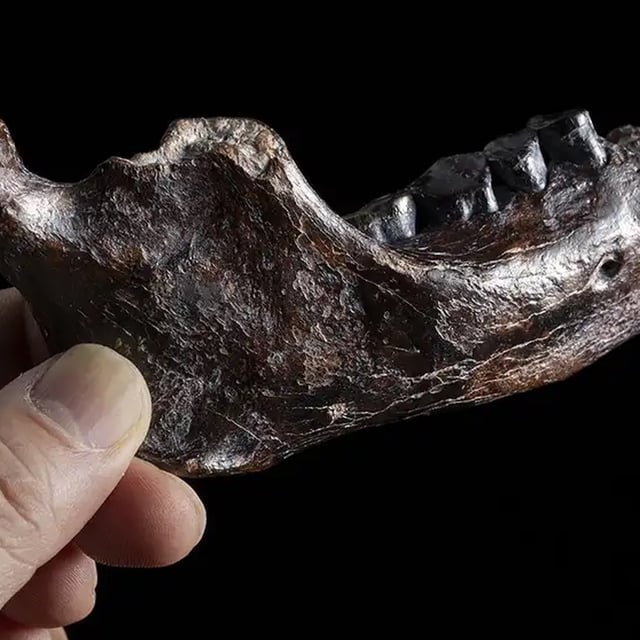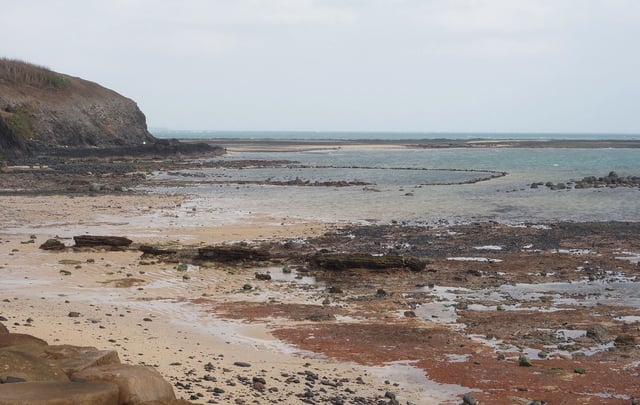Overview
- The Penghu 1 jawbone, dredged from Taiwan's Penghu Channel in 2008, has been confirmed as belonging to a male Denisovan through advanced paleoproteomic analysis.
- This discovery expands the known range of Denisovans, showing their presence in warm, humid Southeast Asia in addition to Siberia and the Tibetan Plateau.
- The fossil's robust jaw and large molars offer new insights into Denisovan morphology, distinguishing them from Neanderthals and modern humans.
- Direct dating of the fossil remains inconclusive, with estimates ranging from 10,000 to 190,000 years ago based on indirect evidence like sea levels and associated fauna.
- The finding underscores the adaptability of Denisovans to diverse environments and highlights the potential of protein analysis in studying ancient human relatives.



